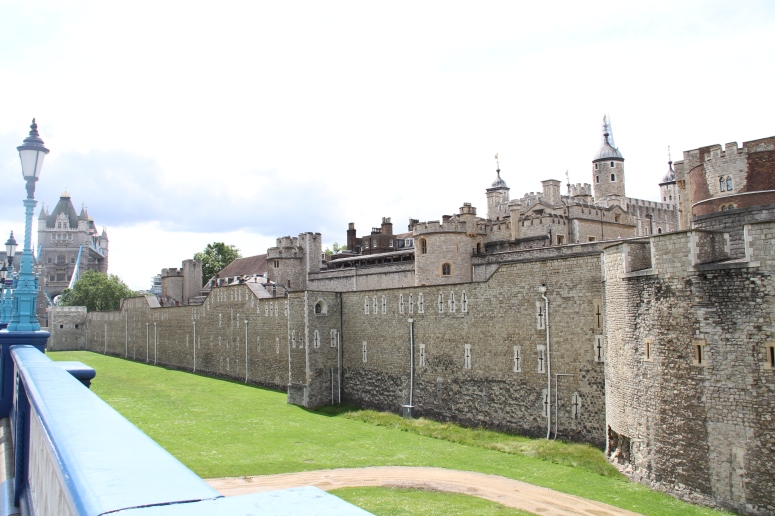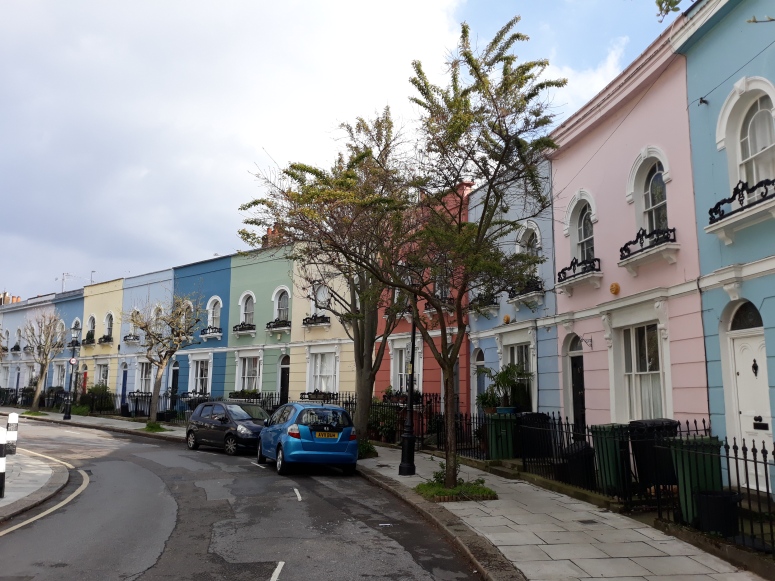
London is one of the best cities in the world (OK so we’re a little biased) but it does have a lot to offer. From the West End to East End, pop-up cafes, free museums, luxury shopping, skyline views and all things royal, the city is a buzzing mixture of culture, history and modernism.
While 3-4 days is a good time to spend in London, you can manage to see all the key things in a 48-hour city break. Of course, plan for queues, especially at key attractions like the London Eye or the Tower of London.
Below is our breakdown by zones of what to look out for. There are nine zones (outer London and boroughs) but central comes under zone 1, where a lot of the good stuff is found.
London’s underground network has 11 lines. These are as follows, designated by their colour:
Bakerloo (brown line)
Circle (yellow line)
Jubilee (grey line)
Central (red line)
District (green line)
Hammersmith & City (pink line)
Metropolitan (purple line)
Northern (black line)
Piccadilly (dark blue line)
Victoria (light blue line)
Waterloo & City (mint green line)
Find the closest underground or train station to your accommodation and then find the zone of the station you want to travel to. The zones are marked in either white or grey.
Zone 1:
- St Paul’s Cathedral and afternoon tea. (Central line)
- British Library. Next to Kings Cross St Pancras Station. (Northern, Victoria and Piccadilly)
- Tate Modern and Southbank (view of Millennium Bridge). (District)
- Tate Britain (Victoria)
- Fleet Street (Central line) or (District)
- Middle Temple (for the courts) (District). The UK Supreme Court is open to the public from 09.30am to 16.30pm (last entry) Monday to Friday.
- Hyde Park (Piccadilly)
- Kensington & Chelsea (District)
- Notting Hill (Central line, District or Circle)
- Marble Arch (Central line)
- St James’s Park (District)
- The Regent’s Park (Bakerloo)
- Oxford Circus and Bond Street (Central line)
- Convent Garden, Leicester Square and Piccadilly Circus (Piccadilly)
- The View from The Shard is a few minutes’ walk from London Bridge Underground Station (Northern and Jubilee lines)
- Westminster and Big Ben (District)
- Tower Bridge and Tower of London (Tower Hill stop on the (District or Circle lines))
- Buckingham Palace and Pall Mall (Hyde Park Corner or Green Park stop (Piccadilly))
- Coca-Cola London Eye (Waterloo stop Jubilee line)
- Natural History Museum (South Kensington stop District, Piccadilly and Circle lines)
- Victoria & Albert Museum (South Kensington stop District, Piccadilly and Circle lines)
- Trafalgar Square (Leicester Square and Embankment stops Piccadilly and District lines)
- Westminster Abbey (Westminster or St James’s Park stops District line)
- Shakespeare’s Globe (Blackfriars or Mansion House District line)
- Borough Market (London Bridge stop Northern and Jubilee lines)
- Shaftesbury Avenue (Leicester Square stop Piccadilly line)
- Brick Lane (Aldgate East stop (Hammersmith & City and District lines)
- Primrose Hill (Chalk Farm Tube Station (NorthernLine)
- St Katharine Dock (Tower Hill stop District line)






Zone 2:
- Camden Town (Northern Line)
- Kentish Town for coloured houses on Kelly Street (Northern Line)
- Putney Bridge (District line)
- Canary Wharf (Jubilee line)
- Hampstead Heath (Golders Green, Hampstead, Kentish Town stops Northern line)




Tips:
- Look out for the eight courts down Fleet Street. At each entrance, there is a plaque commemorating papers from the printing industry

- Follow Ashentree Court at the end of Fleet Street, until it becomes Magpie Alley, and you’ll see a printing press mural
- Ye Olde Cheshire Cheese on Fleet Street (next to Bolt Court) is one of London’s oldest pubs and was frequented by literary greats, such as Charles Dickens and Mark Twain
- Next to St Paul’s tube station, there is a shopping centre called One New Change. Here there is a lift that takes you to a rooftop viewing deck open to all. Here you can get amazing viewpoints of St Paul’s

- Go to Blackfriars railway station and on platform 1 you can look out on to the Thames, with a view of St Paul’s, the Shard etc

Things to know:
Oysters
London has an extensive transport network, from trams, tubes and the over ground to ferries, taxis and buses.
The city works on a contactless system, so you can use either use your bank card or Oyster to get around the network. You can also buy a visitor Oyster card that has special offers made available to purchasers, normally discounts on anything from food to theatre tickets.
You can also buy a travelcard, which is a flat rate pass where you have unlimited rides for the time period purchased.
Make sure you tap in your card/Oyster at the barriers when entering and exiting, as otherwise you will be charged the maximum fee (£6). Also avoid card clash.
Similarly, if you transfer from a tube to a tram, you need to tap your card on the tram stands.
When at the barriers, sometimes the gate might not open when you tap. This can be because you’ve tapped it too quickly after some one has gone through before you or you’re standing too close to the barrier. Give it a few seconds or move to another barrier and try again.
Alternatively, you can always ask for assistance from the guards normally standing next to the barriers.
You can buy Oysters from local shops, visitor centres or at all tube, London overground and TfL rail stations. All London airports sell Oysters. At Heathrow London Airport, exit the airport and follow the signs for the underground. You can buy an Oyster card at the airport Tube station cashier window.
You need to pay a £5 deposit for an Oyster card. For Visitor Oyster card, you pay an activation fee of £5 which is non-refundable. If you buy an Oyster card, the £5 deposit is refunded when you surrender/cancel the Oyster card.
At the end of your trip, both Visitor Oyster cards and standard Oyster cards can be cancelled at ticket machines and you can get any cash left on the Oyster refunded. No photo ID is required when you buy an Oyster card, except where children are concerned.
Riding the tube
Jumping on a train or tube in any major city requires a different mind set I find. You need to get in the zone and if needed, barge on. People will fill any spot they can squeeze into, so it’s advised to take your backpack off before embarking. For people who are height challenged, like moi, the railings can be difficult to reach, so if you can stand near a pole to hold on to that is advised, as the tube can stop sharply. Rush hour is obviously busy, so getting on the tube/train around 30 mins before can make for a more comfortable journey.

Taxis
London cabbies are renowned for their friendly manner and knowledge of the city and payment can be made in cash or by card. Black cabs are metered and there is a minimum charge of £2.60. To catch a taxi, simply flag one down (be careful of bikes) or go to a designated taxi rank normally near any station. If the yellow TAXI sign is on, the cab is available for hire. Only black cabs can be hailed in the street.
Hop-on Hop-off bus
See London’s iconic landmarks from the comfort of a hop-on-hop-off bus tour. You can buy a 24-hour or 48-hour ticket with unlimited travel around London. An adult ticket costs from £26.00
Useful links
Checking out C & J

I love London( biased) haha…Great info for travellers …Thank you for the follow 🙂
LikeLike
Thanks for your comment. Take care 🙂
LikeLike